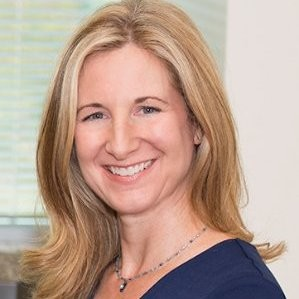More than a year ago, the pandemic brought HR to the forefront to tackle the obstacles COVID brought to the workplace. Now, 20 months in, CHROs are strategizing for the challenges they had to set aside or for new hurdles brought on by the pandemic.
Recent headlines are driving a perception that the country is in a post-pandemic calm rather than the disaster many anticipated, healthcare economist and Advisory Board Vice President Ford Koles recently said, but that’s just part of the picture.
“It’s not [going to be] 2020 but [it will be] the next year and a half that we’re going to find the future of what healthcare for your workforce looks like,” Koles told an audience of employers and other healthcare providers at the National Alliance of Healthcare Purchaser Coalitions annual forum.
Related: The FDA just authorized booster shots. What should employers do?
From tech to vaccines, three HR leaders also shared some of the challenges on their radar for the next five years.
Focus on healthcare

Russell DuBose
Phifer Inc., Vice President Human Resources
For the Alabama-based screening and outdoor manufacturer, the name of the game is improving primary care.
Three years ago, the company rolled out on-site health clinics to provide another option to the behemoth that is Blue Cross Blue Shield, which he says is “synonymous” with healthcare in the state–making up 100% of the hospitals and close to 97% of the state’s physicians, he said.
Staffed with doctors, registered nurses, medical record technicians and more, Phifer’s clinics have become a cornerstone of its healthcare system, DuBose said. That’s when you can get in front of the employee to help improve preventive care.
“We’re creating an environment of continuity of care, “he said. “Over the spectrum of time, they get ahead of chronic illness.”
For example, he says, the clinic identified three Stage 1 cancers last year.
“If we can increase our advanced primary care team, we’re able to really have an effective localized ecosystem that delivers results, which leads to much lower cost,” he said.
Improve tech usage

Ginger Miller
Utz Quality Foods, Health Promotion Manager
Food-maker Utz, headquartered in Pennsylvania with 11 manufacturing plants across the country, has an employee population with an average age of 47.
And preparing those employees for the new world of tech and virtual reality will be a challenge in the coming years, Miller said. “Is [the latest technology] convenient? Yeah, so we want it to work. But that’s a huge challenge when it comes to our associates.”
Part of the challenge, she said, is getting employees comfortable using certain tech and apps. For example, with online open enrollment, a lot of employees don’t even try using the web portal and instead go directly to her office for help.
“They don’t want to touch a computer still,” she said. “With all the smartphones and apps, they’re relying on grandkids to help. We need to make employees comfortable with the basics of computer and phone use.”
Mandate COVID vaccines?

Janet McNichol
The American Speech-Language-Hearing Association, Director of Human Resources
Vaccine mandates and tracking will be a big hurdle for ASHA–the association of audiologists, pathologists, speech scientists and other experts–and for employers around the country, McNichol said.
“I think this is one of the things we’ll be sorting through as employers,” she said of the recent OSHA guidance. “We talk about DEI all the time, and I’m very pro- vaccine, but I’m uncomfortable with the banishing part and I don’t know how to reconcile that.” By “banishing,” McNichol was referring to guidelines requiring non-vaccinated employees to be separated from those who are vaccinated.
Having to manage vaccinated and unvaccinated employees, she predicts, will be a big challenge for HR.

